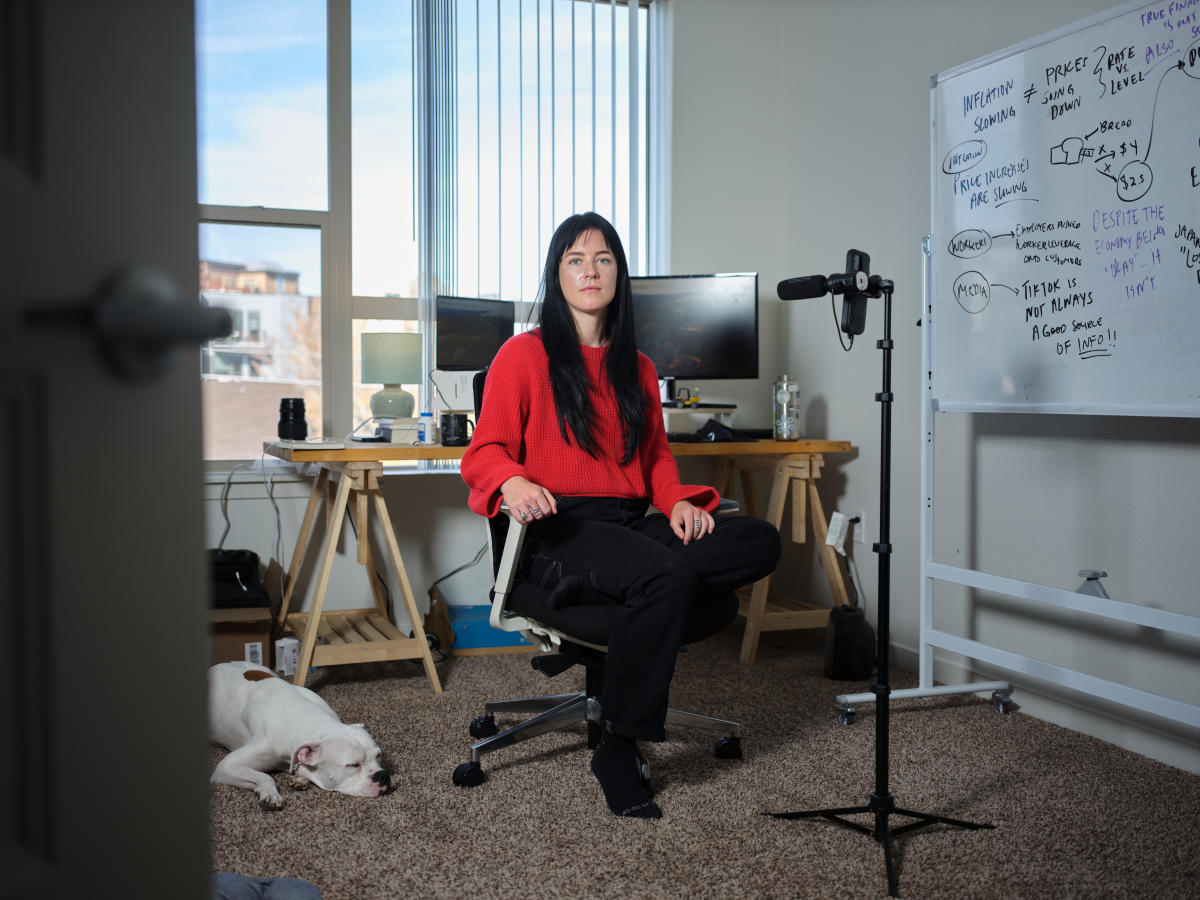The bleak economic outlook on TikTok, particularly among the younger generation, suggests a growing disconnect between the overall positive economic data and people’s negative sentiments. Despite positive job opportunities and rapid economic growth, many young people are focusing on ongoing issues such as housing affordability, which is reflected in polls and surveys.
Reaching millions of viewers daily, TikTok offers valuable insight into the economic mindset of the younger population. Creator Kyla Scanlon has played a significant role in compiling carefully researched explainers about economic issues, discussing her coined term “vibecession.”
In this era of digital information, TikTok and other social media platforms serve as essential channels for engaging audiences and are increasingly influencing perceptions on politics and the economy. Reaching over 40% of adults regularly, TikTok is proving to be a crucial source of information for Generation Z, shaping their views on the economy and the Biden administration.
Surveys and data struggle to accurately measure how unique news delivery channels like TikTok influence public sentiment. Whether the negative news on social media is driving pessimistic views on the economy remains difficult to confirm.
The Biden administration and his campaign team recognize TikTok’s influence, but acknowledge negative content spreading misinformation. Their collaboration with content creators aims to counteract the negativity surrounding economic matters, though it has yet to reach the wide reach enjoyed by more negative content.
As the online conversation around the economy continues, misleading trends such as “Silent Depression” videos and discussions around student loans continue to thrive online. The concerns highlighted by these discussions, such as inflated housing costs and Biden’s student-loan initiatives, are grounded in reality.
While inflation rates have appeared to stabilize, trends indicate that certain costs, such as groceries and gas, remain substantially higher. Similarly, the discourse around student loans has been amplified and showcases people’s dissatisfaction with the current initiatives.
In sum, with young people facing rising costs of living and unclear government policies, apprehensions about the economy continue to proliferate online. Despite the administration’s efforts to promote positive economic narratives, its message struggles to overpower the negativity that dominates social media conversations.


